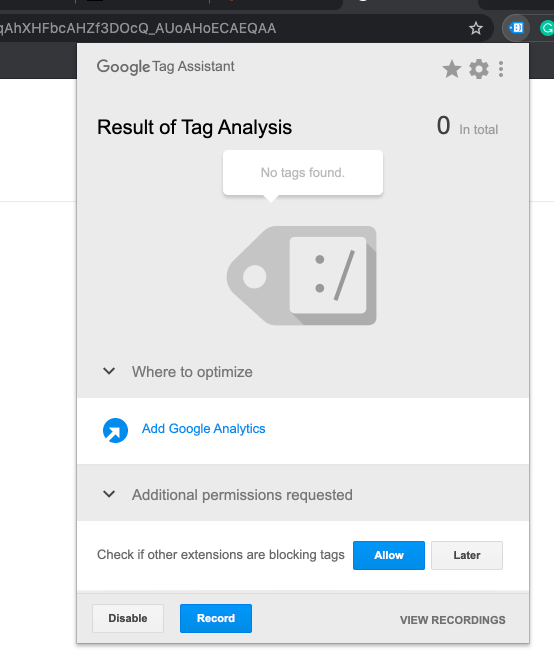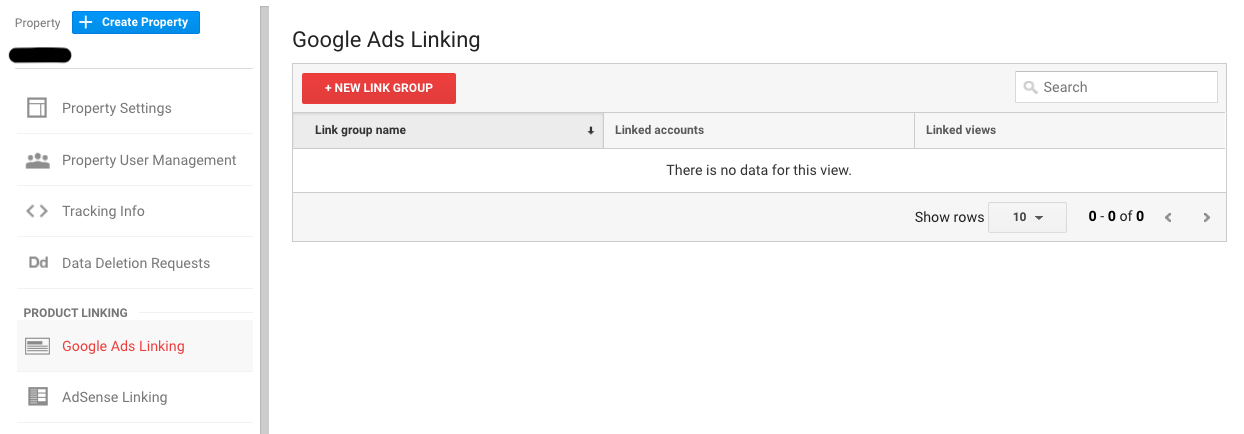Six Things to Get Google Analytics Working for You
Marketers can gain more value from Google Analytics by customising it up for their business.
It’s common to hear marketers complain that Google Analytics isn’t useful, presents inaccurate data, and generally doesn’t help them make business decisions.
Such complaints are a consequence of running Google Analytics straight out of the box and not telling it how to interpret and present your data.
The benefit of doing so is actionable intelligence and more effective marketing.
Here are six things you can do to get Google Analytics working harder for your business:
1. Make sure all pages are tagged correctly
Tags relay information from your website to Google Analytics through Google Tag Manager (or an alternative such as Tealium). Missed tags result in incorrect and inaccurate metrics being reported in Google Analytics.
You should go through your website to verify that all pages are correctly tagged. Google offers a number of free tools to help with this, including Google Tag Assistant, GA Debug, and Web Developer Tools.

2. Setup conversion goals and events
Goals are used to differentiate different types of conversions. This could be a product sale, new business lead generated via a phone call, or downloading a brochure. Events are small goals, such as spending a certain amount of time onsite, clicking a button, or watching a video through to completion. Being able to delineate URL-based goals and events helps with being able to attribute conversions to marketing efforts, as well as uncover opportunities to improve the user experience.
Having goals and events setup correctly in Google Analytics will immediately provide meaningful business intelligence to improve performance.

3. Integrate digital media channels
Having proper integrations between Google Analytics and tools like AdWords and DoubleClick Campaign Manager ensures you’re collecting and reporting all the right data when it comes to what’s driving traffic and sales. This helps with attribution analysis, which helps you optimise your media spend and marketing activities. There should be minimal variation between what your media agency is reporting, what you’re seeing in Google Analytics, and what sales are being recorded in your data warehouse.

4. Setup and use consistent campaign parameters in UTM
Campaign parameters such as the campaign name, source, and medium, give you detailed information about how users arrived at your site. Parameters are defined in UTM (Urchin tracking modules), which should be managed internally and applied to every piece of media used, patricianly for advertising. Tracking the performance of what media is driving high volume and high value traffic helps you optimise towards the best performing content.
5. Use custom channel groupings
Custom channel groupings allow you to define channels in more meaningful ways than using Google Analytics’ default channel groupings. Custom channel groupings are best used to measure performance of marketing tactics at each stage of the customer journey. This includes but is not limited to creating customer channel groupings for paid vs organic traffic, branded vs non-branded traffic in whatever way best suits your business.
6. Regularly import cost data
Cost data import gives you the ability to compare uploaded data to data for AdWords and other Google campaigns, enabling you to monitor performance across all your channels. Although importing cost data is a manual process, the benefit is Google Analytics becomes a single source of truth.
Conclusion
Google Analytics is a powerful tool that can help marketers make better decisions and drive improved performance.
You cannot take advantage of Google Analytics features if you don’t customise it for your business. As the old adage goes, you get out what you put in.
If you need a hand or want to talk about how your business can better use Google Analytics, we’d love to chat.







